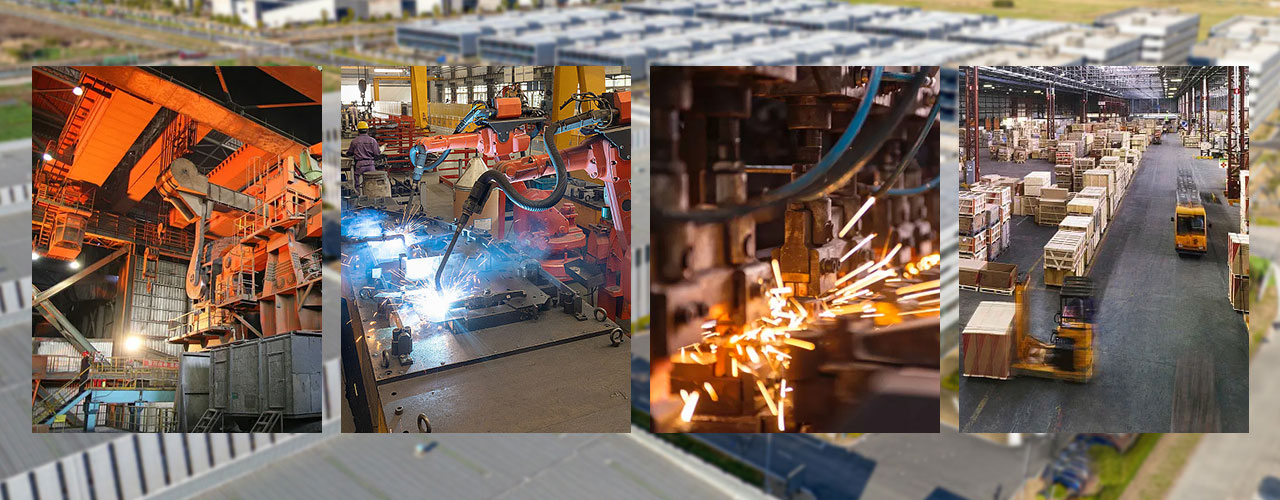Manufacturers produce these plates in varying rubber densities to accommodate different training needs. High-density rubber plates maintain a thinner profile while providing the same weight as thicker bumper plates, allowing athletes to load more weight onto standard barbells. The rubber material naturally provides friction against the barbell sleeve, preventing unwanted rotation during dynamic movements and offering a more secure fit than slick metal plates.
Beyond their functional benefits, rubber-coated plates solve several practical gym issues. The rubber exterior eliminates the sharp edges found on iron plates, reducing the risk of cuts or bruises when handling weights. Many models feature raised numbering and weight markings that remain visible even after extended use, unlike painted markings on steel plates that often wear off. The natural shock absorption also extends the life of barbell bearings and sleeves by reducing impact forces during drops.
Climate resistance represents another key advantage, as rubber plates won't rust or corrode in humid environments like unfinished metal plates. This makes them suitable for outdoor training facilities or garage gyms where temperature and moisture fluctuations occur. The non-porous surface resists absorbing sweat and odors, requiring only periodic cleaning with basic gym disinfectants to maintain hygiene standards.
When purchasing a set, buyers should evaluate the rubber compound quality - premium blends maintain their shape and rebound characteristics longer than inferior rubber that may flatten or deform over time. Some manufacturers incorporate recycled rubber materials in their production process, offering an eco-friendly option for environmentally conscious consumers. The best sets maintain precise weight tolerances within 1-2% of stated values, ensuring accurate loading for progressive overload training.
Storage considerations differ slightly from metal plates, as rubber plates benefit from being stored vertically in plate trees or horizontally on rubber-matted surfaces rather than stacked directly on concrete floors. This prevents the bottom plates from developing flat spots from prolonged compression. With proper care, a quality rubber weight plate set can provide decades of reliable service while maintaining its performance characteristics and appearance.
